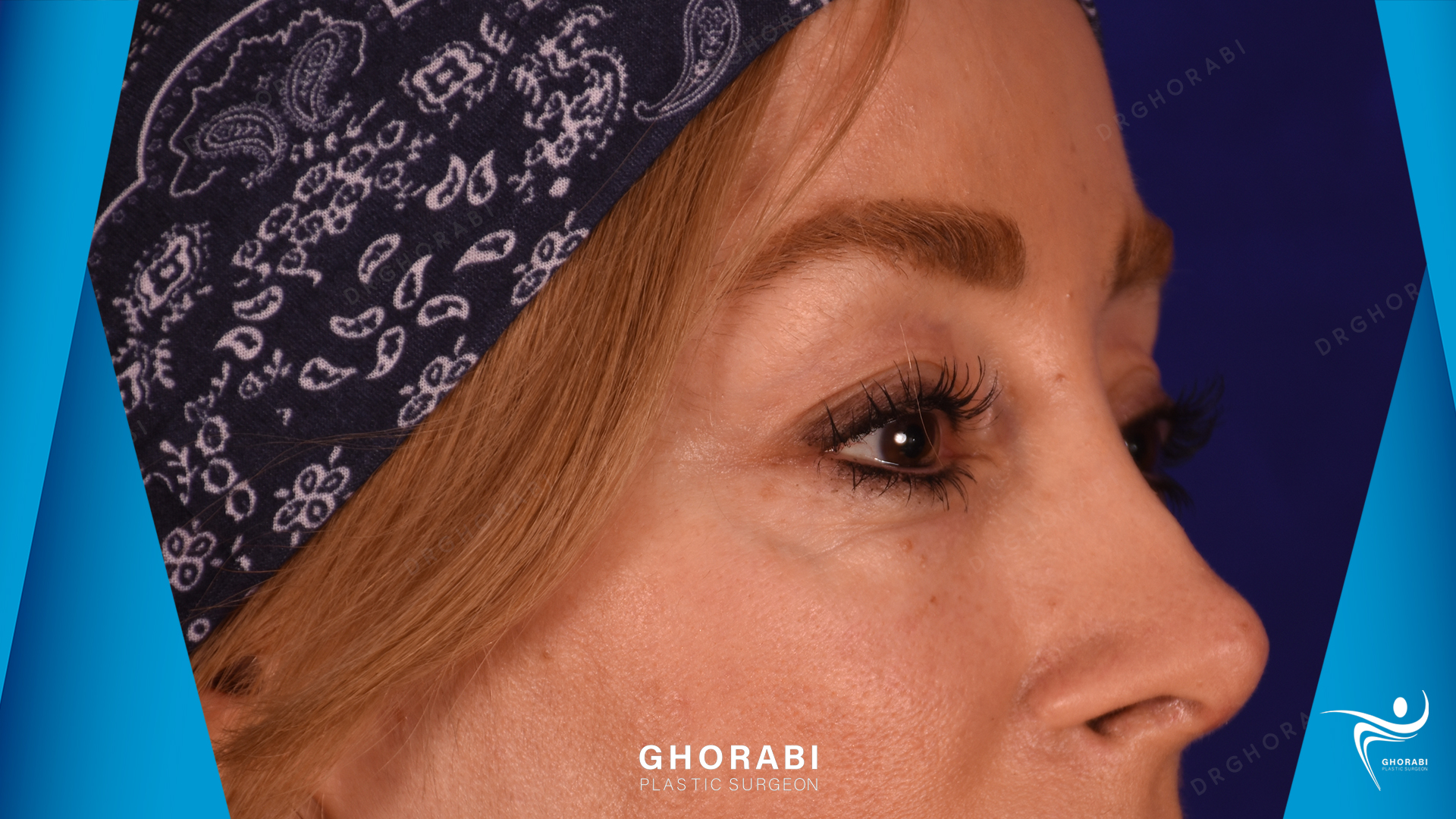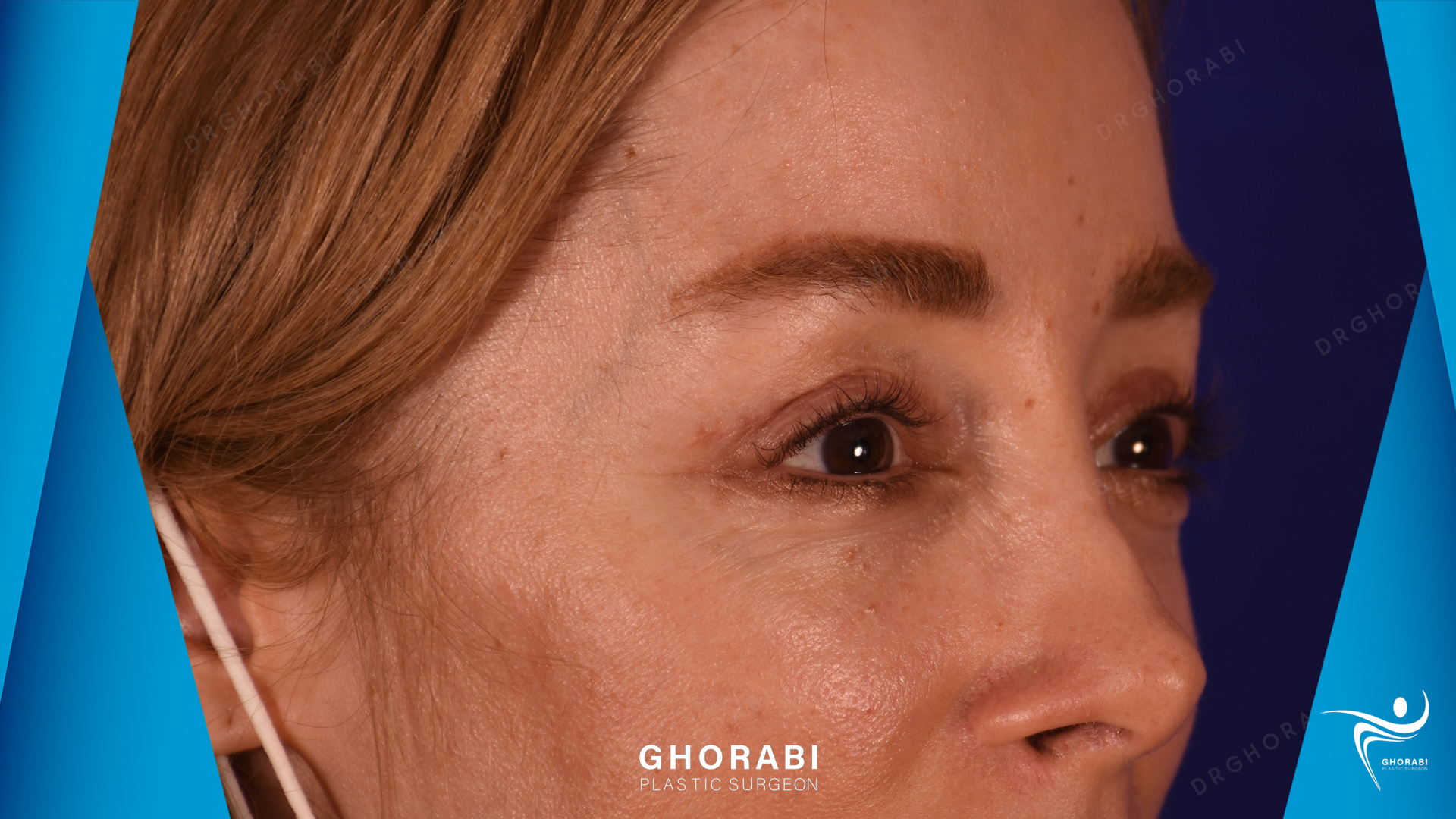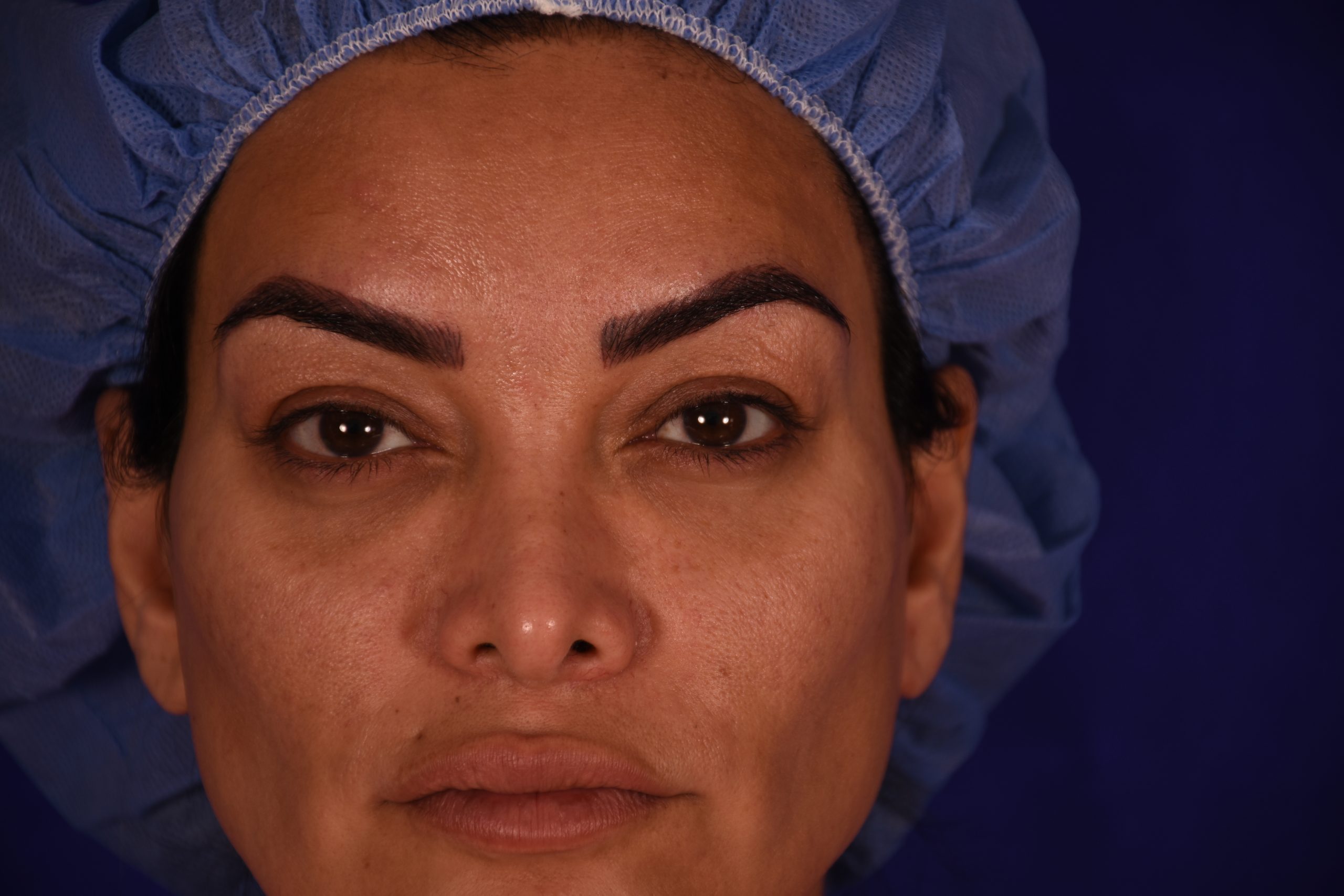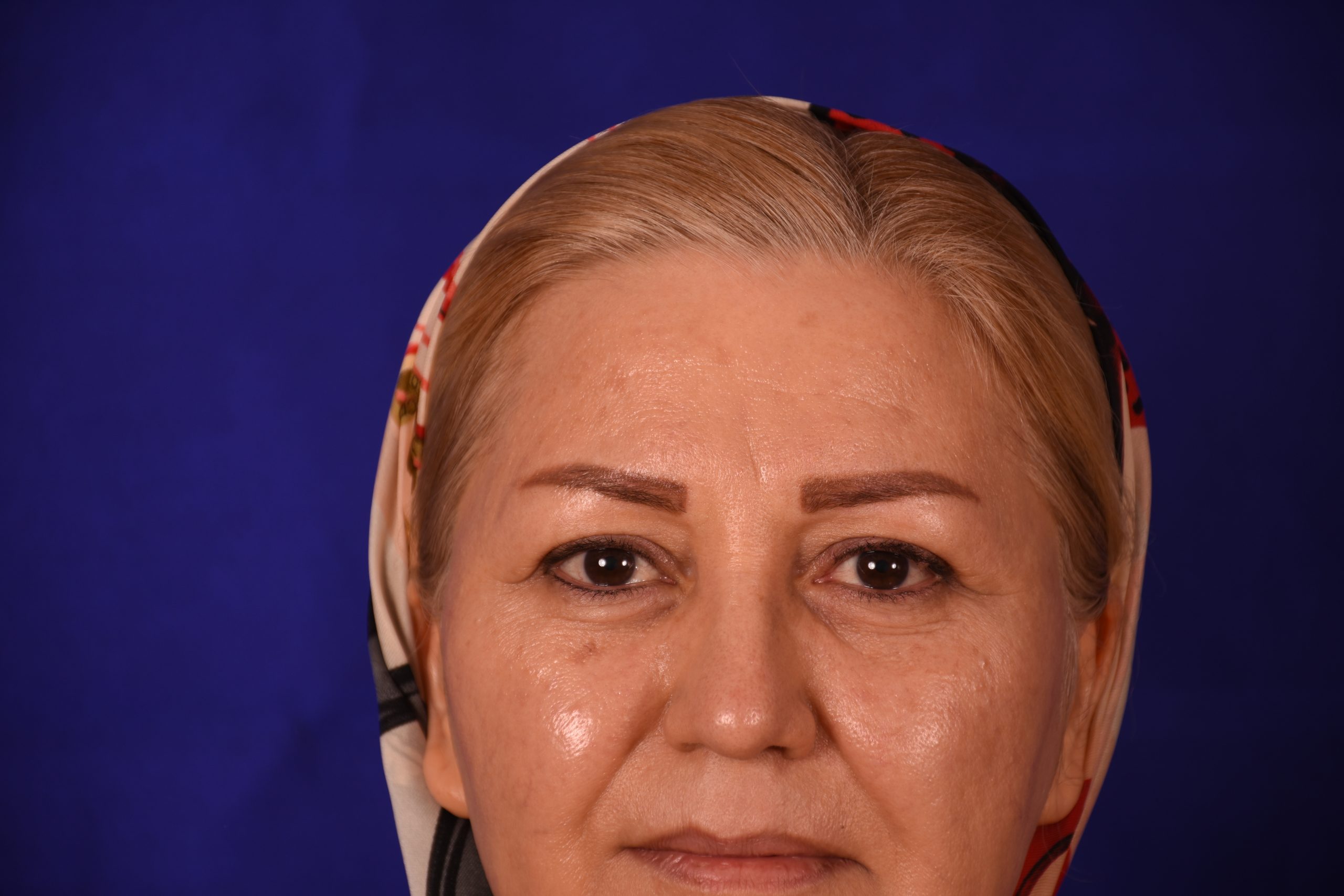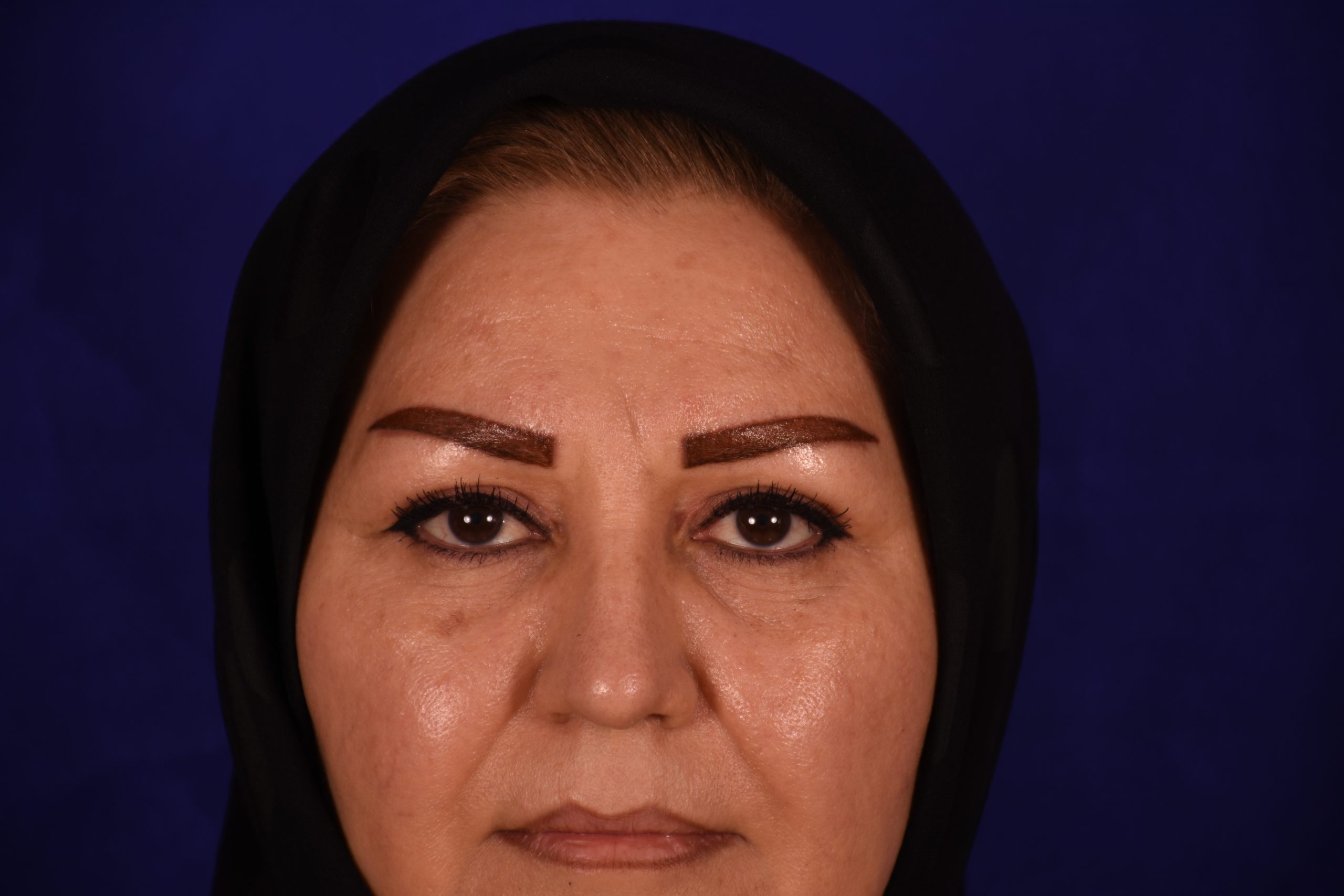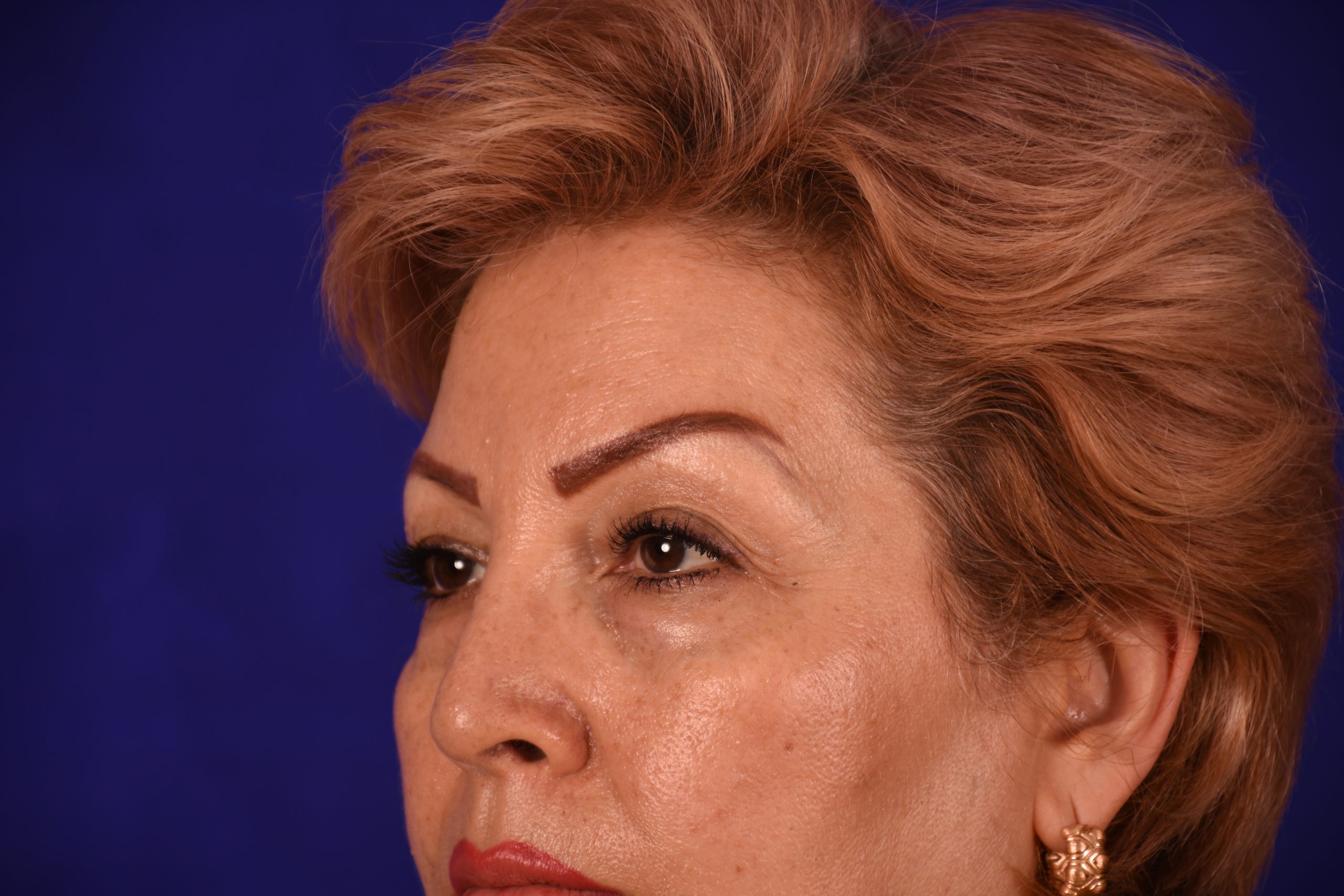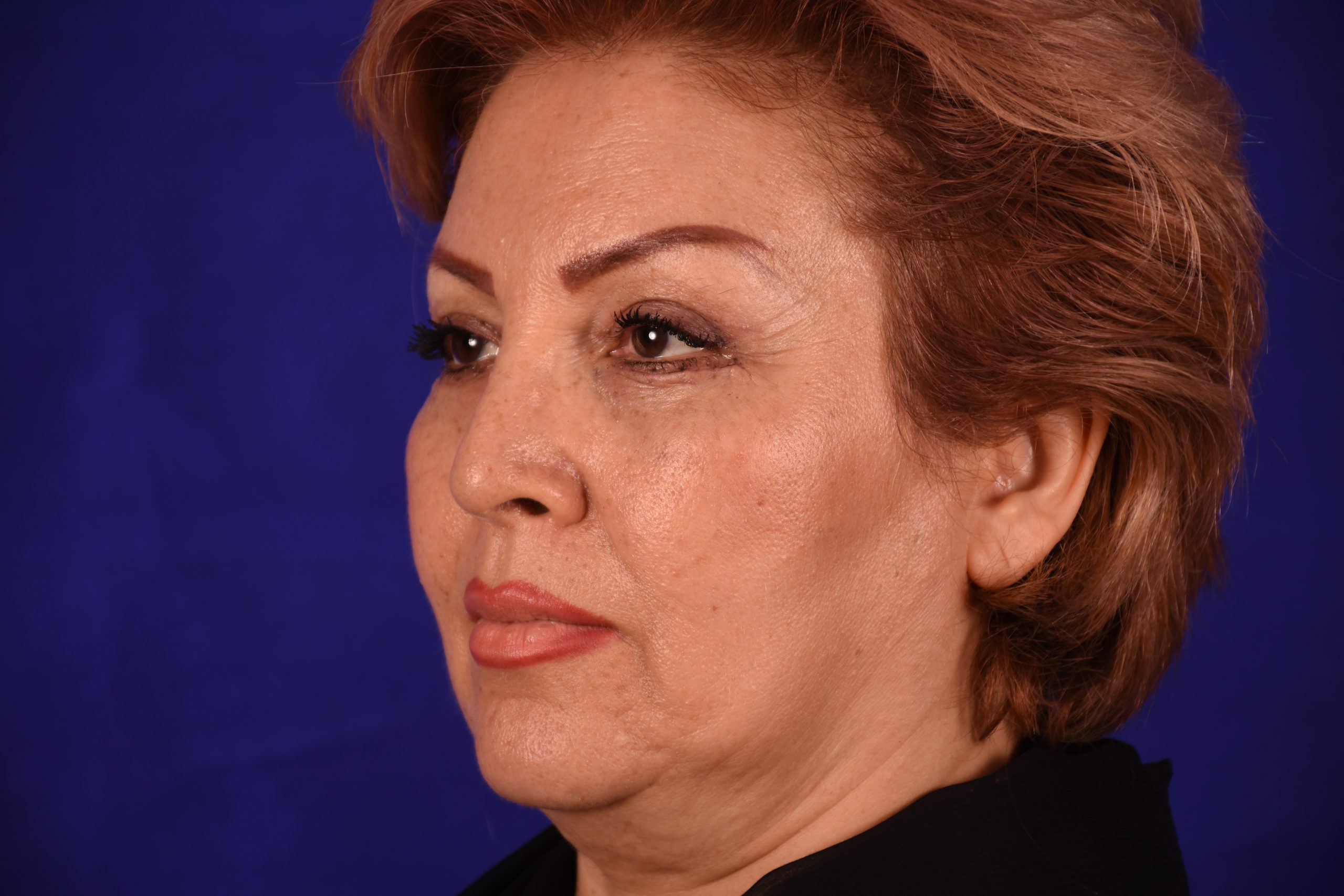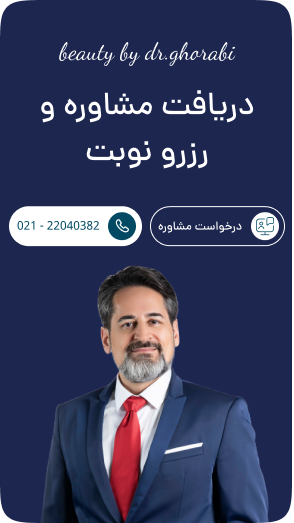عمل بلفاروپلاستی، جراحی زیبایی پلک، یک روش نوین برای رفع افتادگی پلک، پف زیر چشم و چینوچروکهای اطراف آن است. این جراحی به دو مدل بلفاروپلاستی پلک بالا و بلفاروپلاستی پلک پایین انجام میشود و به روشهای مختلفی از جمله جراحی سنتی، لیزر و پلاسما جت قابل انجام است.
انواع عمل بلفاروپلاستی
تکنیکهای بلفاروپلاستی متنوع بوده و بسته به شرایط فردی شما، جراح بهترین روش را انتخاب میکند. افرادی که از ظاهر خسته و مسن چهره خود ناراضی هستند و افتادگی پلکها دید آنها را محدود کرده است کاندیدای مناسب بلفارو هستند. برای مشاوره رایگان و اطلاع از متد عمل بلفاروپلاستی کلینیک دکتر غرابی، با ما تماس بگیرید.
جراحی پلک بلفاروپلاستی که در جراحی زیبایی صورت جای دارد، شامل دو نوع اصلی میشود: جراحی بلفاروپلاستی پلک بالا برای رفع افتادگی پلک فوقانی و جراحی بلفاروپلاستی پلک پایین و رفع پف و چروک زیر چشم. هر دو روش به جوانسازی و بهبود ظاهر چشمها کمک میکنند.
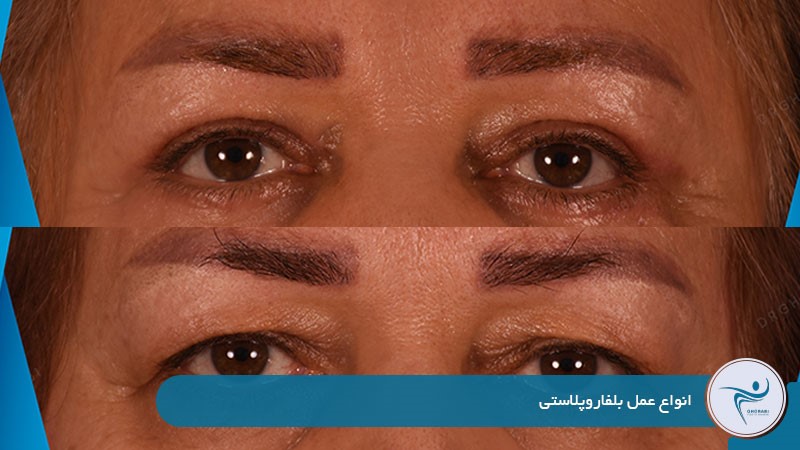
جراحی بلفاروپلاستی پلک بالا
جراحی بلفاروپلاستی پلک بالا، یک روش رایج در جراحی زیبایی صورت، به منظور رفع افتادگی پلک فوقانی انجام میشود. در این عمل، جراح با ایجاد برشهای ظریف در امتداد خط پلک، پوست و چربی اضافی را برداشته و عضلات را سفت میکند. تکنیکهای بلفاروپلاستی متنوع است و شامل روشهای سنتی با تیغ جراحی و روشهای مدرنتر مانند لیزر میشوند. گاهی اوقات، برای دستیابی به نتایج بهتر و جوانسازی کامل چهره، جراحی لیفت پیشانی همزمان با بلفاروپلاستی پلک بالا توصیه خواهد داشت. متد انتخابی به شرایط بیمار و نظر جراح بستگی دارد.
عمل بلفاروپلاستی پلک پایین
عمل بلفاروپلاستی پلک پایین، یک عمل زیبایی بلفارو است که برای رفع پف زیر چشم، خطوط ریز و افتادگی پوست این ناحیه انجام میگیرد. در این روش، برشها معمولا در زیر مژهها یا داخل پلک ایجاد شده، چربی اضافی برداشته و پوست سفت میشود. تکنیکهای بلفاروپلاستی پایین متنوع بوده و به میزان مشکلات پوستی و چربی زیر چشم و نظر جراح زیبایی بستگی دارد. هدف نهایی، ایجاد ظاهری جوانتر و شادابتر در ناحیه زیر چشم است.
متدهای جراحی بلفاروپلاستی
بلفاروپلاستی، بهعنوان یک عمل زیبایی برای پلک، با روشهای متعددی قابل انجام بوده و انتخاب تکنیک مناسب، کاملا وابسته به ویژگیهای فردی هر بیمار است. انواع روشهای بلفارو عبارتاند از:
در نهایت، جراح متخصص پس از ارزیابی دقیق شرایط بیمار، بهترین روش بلفاروپلاستی را برای دستیابی به نتایج مطلوب تعیین خواهد کرد.
مراحل عمل بلفاروپلاستی
عمل بلفاروپلاستی که بهعنوان بخشی از عمل لیفت صورت است با بیحسی موضعی یا بیهوشی آغاز میشود. جراح برشهای ظریفی را در چین پلک بالا و زیر مژههای پلک پایین ایجاد میکند. از طریق این برشها، پوست اضافی، عضله و چربی برداشته یا به شکل ماهرانهای تغییر مکان داده میشوند تا پف و افتادگی پلک اصلاح شود.
در برخی موارد پلک پایین، برش از داخل ملتحمه انجام میگیرد تا جای زخم قابل مشاهده نباشد. در پایان، برشها با بخیههای بسیار ظریف بسته میشوند. دوران نقاهت شامل تورم و کبودی است که به تدریج بهبود مییابد. بخیهها معمولا پس از حدود یک هفته برداشته میشوند.مشاوره دقیق پیش از عمل و داشتن انتظار واقعبینانه از نتایج عمل لیفت صورت و بلفاروپلاستی، برای دستیابی به رضایت کامل ضروری است.

کاندیدای مناسب انجام عمل بلفاروپلاستی
برای دستیابی به بهترین نتایج از جراحی بلفاروپلاستی که یک عمل ظریف و حساس برای جوانسازی و رفع مشکلات پلکها بوده، انتخاب داوطلبان مناسب از اهمیت ویژهای برخوردار است. ویژگیهای کلیدی یک کاندیدای ایدهآل، فراتر از صرفا تمایل به زیبایی ظاهری، جنبههای مهمتری را در بر میگیرد که بهطور مستقیم بر موفقیت عمل، روند بهبودی و رضایت نهایی فرد تاثیرگذار است. در ادامه، به تفصیل به هر یک از این ویژگیها میپردازیم تا درک جامعتری از کاندیدای ایدهآل بلفاروپلاستی حاصل شود:
- افرادی که از سلامت عمومی خوبی برخوردارند و بیماریهای مزمن جدی تحت کنترل ندارند.
- کسانی که سیگار نمیکشند، زیرا دخانیات روند بهبودی را مختل میکند.
- افرادی که درک صحیحی از نتایج عمل دارند و میدانند بلفاروپلاستی روند پیری را متوقف نمیکند.
- وجود افتادگی در پلک بالا یا پایین به دلیل تجمع پوست و چربی اضافی.
- افرادی که افتادگی پلکها باعث محدود شدن دید جانبی آنها شده است.
- نارضایتی از ظاهر پفکرده یا وجود کیسههای چربی در زیر پلکها.
- تمایل به رفع ظاهر خسته و پژمرده ناشی از افتادگی یا تیرگی پلکها.
- مشکلات دید ناشی از افتادگی پلک که فعالیتهای روزانه را تحت تاثیر قرار داده است.
- افرادی که به دلیل افتادگی پلک دچار عفونت یا التهاب مکرر چشم میشوند.
- وجود تورم دائمی در پلکها که با روشهای غیرجراحی بهبود نیافته است.
- کسانی که به دنبال بهبود ظاهر پلکها و داشتن چهرهای جوانتر و شادابتر هستند.
توصیه میشود پیش از اقدام برای بلفاروپلاستی، حتما با دکتر غرابی متخصص زیبایی مشورت کنید تا ایشان با بررسی دقیق شرایط شما، مناسبترین تصمیم را اتخاذ کنند.
نتیجه عمل زیبایی بلفارو
نتایج جراحی بلفاروپلاستی به تدریج و طی فازهای مشخصی نمایان میشود. در فاز اولیه، پس از عمل توسط جراح زیبایی، اِدم (تورم بافتی) و اِکیموز (کبودی) در ناحیه عمل بروز میکند که پدیدهای فیزیولوژیک بوده و عموما طی ۲ تا ۴ هفته به طور محسوسی فروکش مییابد. در این مرحله، نخستین نشانههای بهبود کانتور پلک قابل مشاهده است.
فاز میانی، مرحلهی پالایش تدریجی و بازسازی بافتی است؛ با افول کامل اِدم و ترمیم ساختارها، فرم نهایی پلکها آشکارتر میشود، فرآیندی که ممکن است تا ۶ ماه به طول انجامد.
در فاز نهایی، پس از تثبیت وضعیت بافتی، نتایج قطعی زیباییشناختی محقق خواهد شد که شامل بهبود مورفولوژی پلک، ارتقا میدان بینایی (در صورت وجود پتوز پیش از عمل) و ایجاد سیمای جوانتر و سرحالتر میشود. شایان ذکر است که بلفاروپلاستی اثر ضد پیری دائمی نداشته و تحت تاثیر روند طبیعی aging تغییراتی در ناحیه پلکها قابل انتظار است، بااینحال، بهبودی قابل توجه و پایدار در ظاهر و خودباوری فرد بهدست میآید.
نقاهت جراحی پلک بلفاروپلاستی
دوره ریکاوری بلفاروپلاستی اغلب حدود دو هفته به طول میانجامد. اِدم و اِکیموز (تورم و کبودی) در ناحیه عمل، پدیدههای شایع این دوران هستند که به تدریج کاهش مییابند. کاربرد کمپرس سرد موضعی در ۴۸ ساعت اولیه، تسکین دهنده و تسریعکننده روند فروکش التهاب است.
توصیه میشود از فعالیتهای سبک مانند پیادهروی ملایم بهره گرفته شود. بخیهها معمولا بین روزهای ۷ تا ۱۰ پس از عمل برداشته میشوند و اغلب بیماران قادر به از سرگیری فعالیتهای روتین در این زمان هستند. نمایان شدن نتایج نهایی زیباییشناختی ممکن است تا چند ماه به طول انجامد.
نمونه های دکتر غرابی
هزینه بلفاروپلاستی پلک بالا و پایین
هزینه بلفاروپلاستی متغیر است و به عوامل متعددی بستگی دارد. تخصص و تجربه جراح، موقعیت جغرافیایی کلینیک، نوع روش جراحی (پلک بالا، پایین یا هر دو) و امکانات مرکز جراحی از جمله مهمترین این عوامل هستند.
هزینههای بیهوشی، داروهای بعد از عمل و ویزیتهای پیگیری نیز به مبلغ نهایی افزوده میشوند. به دلیل این تنوع، ارائه یک رقم ثابت دقیق ممکن نیست. برای اطلاع از هزینه بلفاروپلاستی برای شرایط خاص شما، مشاوره با جراح پلاستیک و دریافت برآورد قیمت اختصاصی ضروری است. به یاد داشته باشید که انتخاب جراح مجرب و ماهر، بیش از قیمت پایین، در دستیابی به نتایج رضایتبخش اهمیت دارد.
ماندگاری عمل بلفاروپلاستی
ماندگاری بلفاروپلاستی دائمی نیست، ولی نتایج آن طولانیمدت است. اغلب افراد، تا ۱۰-۱۵ سال یا بیشتر از جوانی پلکهای خود لذت میبرند. برداشتن پوست و چربی اضافه، اثر پیری را به عقب میاندازد، ولی روند طبیعی افزایش سن ادامه دارد.
عوامل سبک زندگی مانند مراقبت از پوست و محافظت در برابر آفتاب، در دوام نتایج موثرند. با گذشت زمان ممکن است نیاز به ترمیم جزئی باشد، ولی بلفاروپلاستی بهطور قابل توجهی ظاهر پلکها را بهبود میبخشد.
بلفاروپلاستی با دکتر غرابی؛ بازگرداندن جوانی و زیبایی به چشمان شما
دکتر غلامحسین غرابی، متخصص جراحی پلاستیک و امر بلفاروپلاستی، با بهرهگیری از متدهای نوین جراحی، جوانی و شادابی را به چشمان شما هدیه میدهد. مزایای این عمل شامل رفع افتادگی پلک، پف زیر چشم و بهبود میدان دید میشود. دکتر غرابی با روشهای برش ظریف و تکنیکهای پیشرفته، نتایجی طبیعی و ماندگار خلق میکند. ایشان علاوهبر بلفاروپلاستی، خدمات تزریق چربی به صورت، عملهای لاغری و جراحیهای پلاستیک صورت را نیز انجام میدهند تا جوانسازی کامل چهره را برای شما به ارمغان آورند. با دکتر غرابی، زیبایی چشمان خود را تضمین کنید.
About DR. Ghorabi
با دکــتر غــرابی آشـــنا شــویـد

About DR. Ghorabi
با دکــتر غــرابی آشـــنا شــویـد
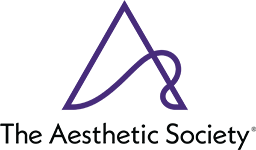
عضو رسمی انجمن جراحان پلاستیک و زیبایی آمریکا

عضو رسمی انجمن جراحان پلاستیک و زیبایی بین المللی

عضو رسمی انجمن جراحان پلاستیک و زیبایی ایران
ســـوالــات مــــتداول
انواع بلفاروپلاستی در کلینیک دکتر غرابی کدامند؟
پلک بالا، پلک پایین، بلفاروپلاستی بدون جراحی با لیزر و جراحی سنتی.
چه کسانی کاندیدای مناسب بلفاروپلاستی هستند؟
افراد سالم با افتادگی پلک، پف زیر چشم و انتظارات واقعبینانه.
مراحل عمل بلفاروپلاستی چگونه است؟
برش پلک، برداشت پوست/چربی، بخیه ظریف؛ تحت بیحسی موضعی یا بیهوشی.
دوره نقاهت بلفاروپلاستی چقدر طول میکشد؟
حدود دو هفته؛ تورم و کبودی تدریجی کاهش مییابد.
ماندگاری بلفاروپلاستی چقدر است؟
نتایج طولانیمدت؛ ۱۰-۱۵ سال یا بیشتر با مراقبت مناسب.
هزینه بلفاروپلاستی چقدر است؟
متغیر؛ بسته به نوع عمل، جراح و کلینیک؛ مشاوره برای اطلاع دقیق الزامی است.
